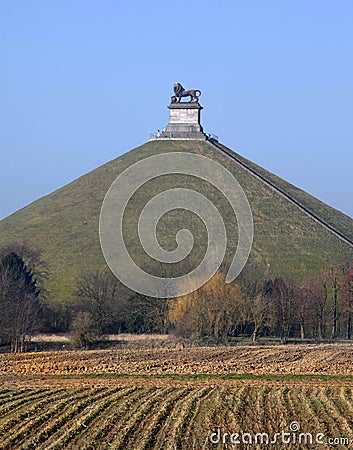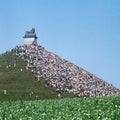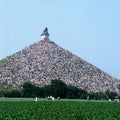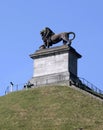Find results that contain all of your keywords. Content filter is on.
Search will return best illustrations, stock vectors and clipart.
Choose orientation:
Make it so!
You have chosen to exclude "" from your results.
Choose orientation:
Explore cartoons & images using related keywords:
1815
allied
anglo
armies
army
artificial
battle
battlefield bears beast belgium bleak blucher bonaparte brabant brussel butte charles coalition commemorate commemorating conical constructed courage defeated dreary duke dull field fought franasect ois french gebhard geel global gloomy hill horse jean king kingdom landscape lion location memorial monarch mound napoleon natureLions Mound Commemorating The Battle At Waterloo, Belgium. Stock Photo
Designed by
Title
Lions Mound commemorating the Battle at Waterloo, Belgium. #51530946
Description
















